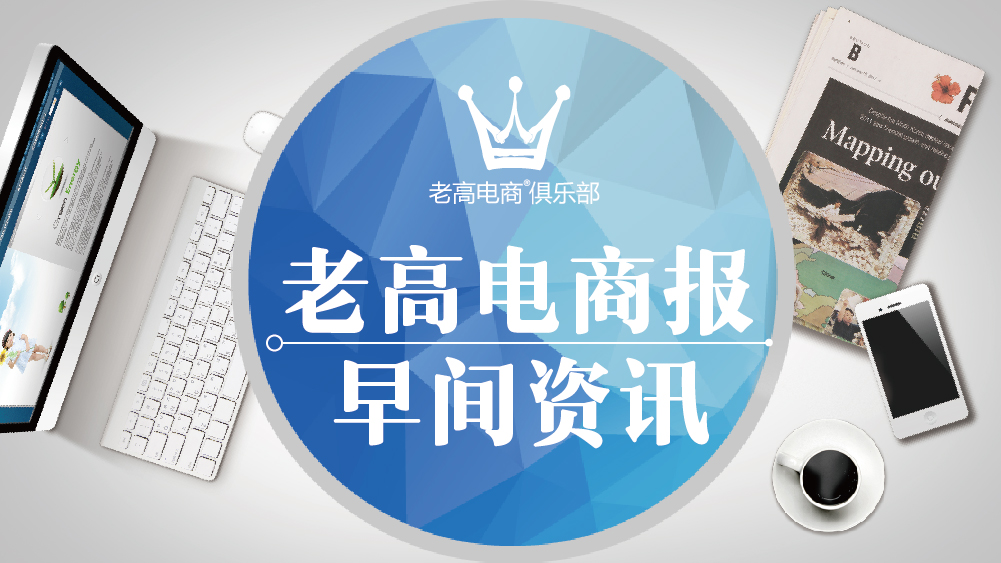During the operation of the store, many sellers found that although they spent a lot of money to promote, the conversion rate of the baby is still not high. This is because everyone has ignored the most critical and core factor - the accuracy of traffic. Let’s learn more about the detailed situation with the editor!
1. The true intention of consumers is reflected in their keyword search behavior
We can divide people’s needs on Taobao into two types: fuzzy needs and precise needs. For example, if a consumer searches for women's shoes, then this is vague, because from the perspective of search engines, it only knows that the consumer wants a pair of women's shoes, but they don't know what price, style, high heels or short heels, etc. But if a consumer searches for: Daphne high heels, you will find that this requirement is much more accurate. Then what if you search for Apple 8PLUS, this will be more accurate.
We have talked about many fragmented issues. For small and medium-sized sellers on Taobao, you should pay more attention to the structure of "core words + attribute second-level words". What does it mean? Take a dress as an example. For example, if you sell a dress, then "dress" is the core word, and then a dress can connect with many secondary words: slim dress, large size dress, lace dress, new dress styles...
So what is the difference between these words? What most people think of is: the word "dress" is a big word, with more searches and more competition; while other words are long-tail words, fewer searches will be, and the competition will be relatively less fierce. But there is another very important difference. Has anyone seen it? "Dress" is a vague demand, while "dress + attribute word" is a relatively accurate demand. That is to say, if a consumer searches for "dress", then you don't know what he wants a dress, what factors are the most critical, and which points will affect her transformation.
However, the word "dress slim" is different. You can clearly know that the key point that affects consumer conversion is "slim". This consumer may be fat and has a bad figure. He hopes that wearing this dress can make his figure look better; what about the "new dress"? It means that this consumer is concerned about fashion, does not want to wear old styles, nor does he want too many of the same styles to exist. So if you tell him in the details page that this style is unique, not something that others don't have, and is a new style that has just been launched, then you will have a much higher chance of winning.
Let’s take “dress slim fit” as an example. If you want to compete for the word (in fact, this word is not small at all, it’s good to convert and search for many), then whether it’s your direct train plan or your title keyword selection, it should revolve around “dress slim fit”.
If you want to compete for the word, then "slimming" is the selling point, so in your Taobao details page design, you should highlight the attribute of "slimming" in all aspects.
You must penetrate this as an operational detail. Since you want to highlight the "slim fit" selling point: the slim fit effect of this skirt is really good, and I have lost all the fat on my waist. Then it would be even better if I could show it to a buyer show. Because you want to compete for "dress slim fit" and related keywords, then these practices are weighted.
There is also a detailed page design. In the details, you must perfectly reflect the slim effect of this skirt and reflect it from all details.
In the entire detail page, from multiple details, the core attribute of "slim fit and slim look" is highlighted. If your baby reviews have more keywords, when consumers search for "slim dress" and enter your baby page, do you think the conversion will be poor?
2. How to know what information consumers are really paying attention to
The answer is: baby's cumulative evaluation details. The details of the baby's cumulative evaluation are particularly useful. You have to think about what state the consumers will write evaluations with words and write many words? It's very simple, it's the focus of their real attention, either making them very satisfied or making them very dissatisfied. Therefore, we can basically see the focus of consumers' attention from the cumulative review details, and then you only need to highlight it in your details page.
Look at two places, one is "Everyone wrote it", and the other is a specific evaluation. Then you will find that for products like dog food, consumers are most concerned about: whether dogs like to eat it, and secondly, whether it is affordable (because it is a product that is reused consumption after all).
Then, as long as you can solve these two focus problems in the details page, the conversion rate will definitely not be wrong.
3. Find differentiated selling points and show them in real life
When you are looking for selling points, you must not be limited to the product itself, and you must find out what consumers are really paying attention to. For example, dog food, the focus of consumers is whether dogs like to eat, so "dogs don't like to eat, they will refund" is the selling point. Instead of the details pages of too many people making dog food, a lot of space is introducing: What are the ingredients of my dog food? Dogs will be healthy after eating it... This is embarrassing. Although this thing is important, consumers may not pay much attention to it.
For example, bicycles, do you know what consumers focus on when purchasing bicycles online (usually, not professional bicycles)? Is it convenient to install? No, you can check the accumulated review details, but why do you need a lot of space to introduce in the details page: My bicycle design is very advanced, the quality is very good, and the colors are very bright...






 EN
EN CN
CN
